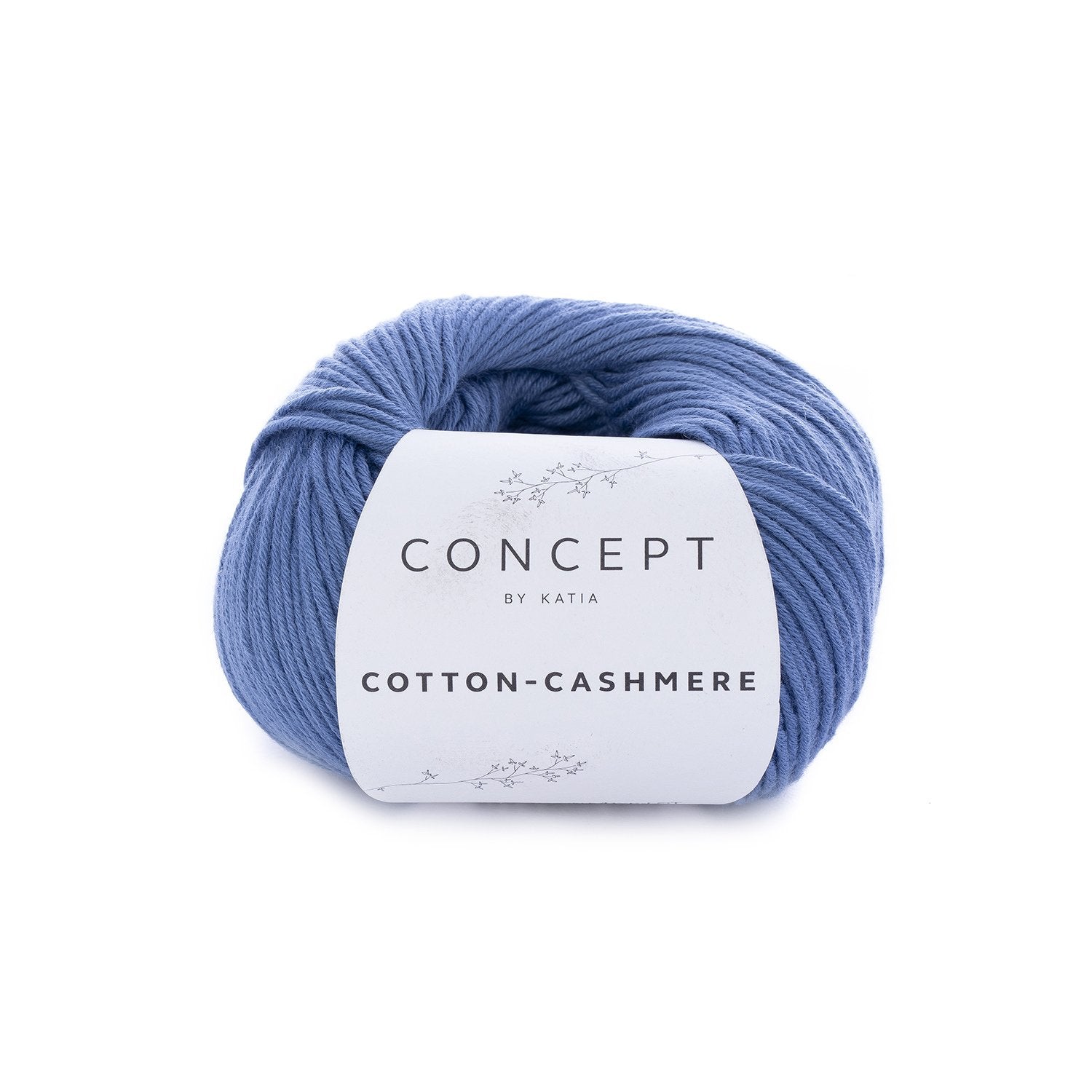How is cashmere Fibre Produced and Why Is It So Sought After?
Discovering the Different Types of Cashmere an All-natural Fiber for Ultimate High-end
Cashmere, an all-natural fiber, is often associated with deluxe and comfort. Not all cashmere is created equal. From the richly soft Mongolian range to the lightweight heat of Indian Pashmina, each type presents its very own special attributes and appeal. The more cost effective Chinese cashmere, the standard Scottish version, and the premium Italian mix, all inform a various tale of this remarkable fiber. As we decipher the globe of cashmere, a much deeper understanding of its true worth and class starts to arise.
Understanding the Elegant Nature of Cashmere
Cashmere, typically connected with high-end and convenience, holds an unique allure in the world of natural fibers. This soft, lightweight product is wanted for its exceptional heat and remarkable durability. Unlike various other all-natural fibers, cashmere combines insulation with breathability, providing unparalleled comfort throughout differing temperatures. Its lustrous coating and soft structure add to its high-end allure, validating the premium price that often comes with cashmere garments. Additionally, cashmere's intrinsic crease resistance and elasticity boost its desirability, making it a favored selection for premium clothing and accessories. In spite of its fragile look, cashmere possesses a surprising resilience, able to retain its shape and lavish feel over time. This distinct blend of qualities cements cashmere's setting as a sign of elegance and extravagance.
Just What Is Cashmere and Where Does It Originate from?

Provided these exceptional top qualities, one might question the origin and make-up of this luxurious fiber. Cashmere is obtained from the soft undercoat of cashmere goats, largely found in Mongolia, China, Iran, and Afghanistan - is cashmere a natural fiber. These goats are adjusted to rough climatic conditions, creating an exceptionally fine, soft underfur as a defense against the bitter cold. This underfur, or undercoat, is what is gathered for cashmere. Each springtime, when the goats normally shed their winter season layer, farmers brush out the great underhair, leaving the coarser hair behind. This meticulous process adds to the scarcity and high cost of cashmere. With its origin in the extreme landscapes of Asia, cashmere is a testimony to nature's capability to produce luxury from hardship.
Deciphering the Various Kinds of Cashmere
Comprehending the various types of cashmere is vital to appreciating the high quality and unique characteristics of this elegant fabric. Typically, cashmere is categorized right into 3 types: raw, virgin, and recycled. Decoding these kinds is the initial step in comprehending the exclusivity and value of cashmere.

The Unique Qualities of Each Sort Of Cashmere
Having actually explored the various categories of cashmere, it comes to be evident that each kind boasts its distinct set of features. Mongolian cashmere, for instance, is renowned for its remarkable top quality, due to Mongolia's harsh winters months that create longer and finer fibers. Conversely, Chinese cashmere is typically much more inexpensive, though its much shorter fibers can minimize longevity.
Why Cashmere Is the Embodiment of High-end in Fashion
Cashmere holds a well-regarded position in the globe of fashion, concerned as a sign of high-end and class website link (is cashmere a natural fiber). Cashmere is obtained from the fine undercoat of Himalayan goats, understood for their premium quality fiber. Cashmere's unparalleled comfort and durability make it a sought-after material in the production of premium garments.
The Refine of Making Cashmere: From Goat to Garment
The trip of cashmere, from being an undercoat of a Himalayan goat to a lavish garment, is a detailed one. With the arrival of spring, farmers in Mongolia and China gather the wool by combing the goats, making certain no injury is done. The obtained wool consists of rugged outer hair and soft downy undercoat. This mix is then meticulously separated, with just the soft down utilized for cashmere. This raw cashmere is cleaned, colored and spun into thread. The yarn is after that woven or weaved into textiles. The last click to read step entails pushing and washing to offer the fabric its particular soft qualities and heat. From goat to garment, each action is a testament to the virtuosity, skill and perseverance included in crafting cashmere.

Verdict
To conclude, cashmere, with its all-natural sophistication and unequaled comfort, reigns supreme worldwide of high-end fashion. The diversity in kinds, ranging from the soft Mongolian, lightweight Indian Pashmina, inexpensive Chinese, traditional Scottish, to the vivid Italian, exposes the flexibility of this natural fiber. The meticulous process of changing it from a goat to a garment additionally contributes to its exclusivity, making cashmere the embodiment of sophistication and luxury.
Cashmere, an all-natural fiber, is typically associated with deluxe and comfort (is cashmere a natural fiber).Cashmere, often linked with luxury and convenience, holds a distinct attraction in the world of natural informative post fibers. Unlike various other natural fibers, cashmere combines insulation with breathability, supplying unequaled comfort throughout varying temperature levels. Cashmere is derived from the soft undercoat of cashmere goats, largely discovered in Mongolia, China, Iran, and Afghanistan. Cashmere is derived from the fine undercoat of Himalayan goats, known for their superior high quality fiber